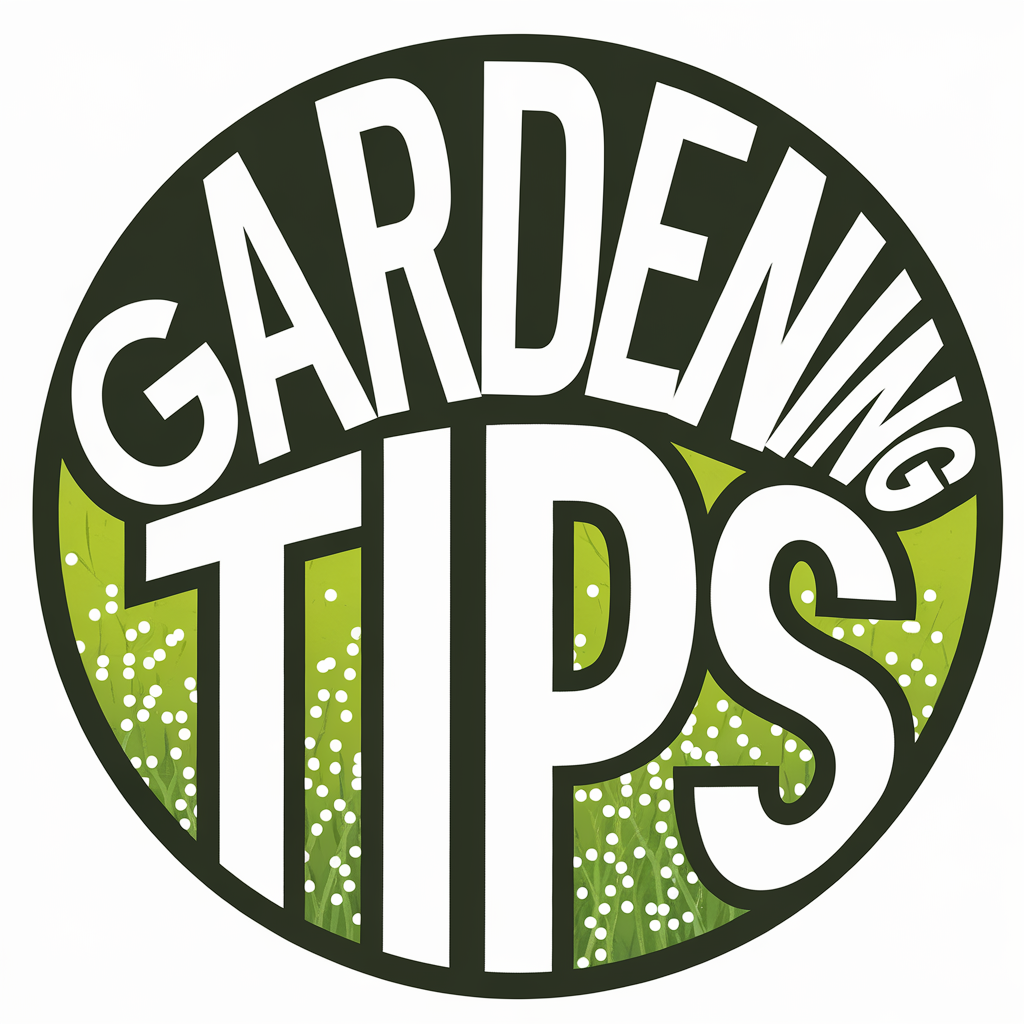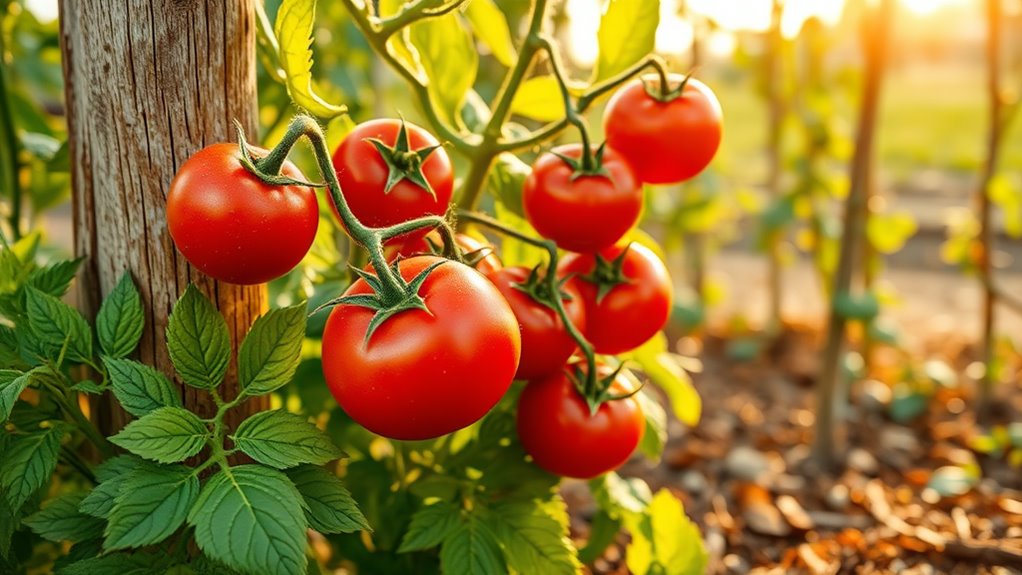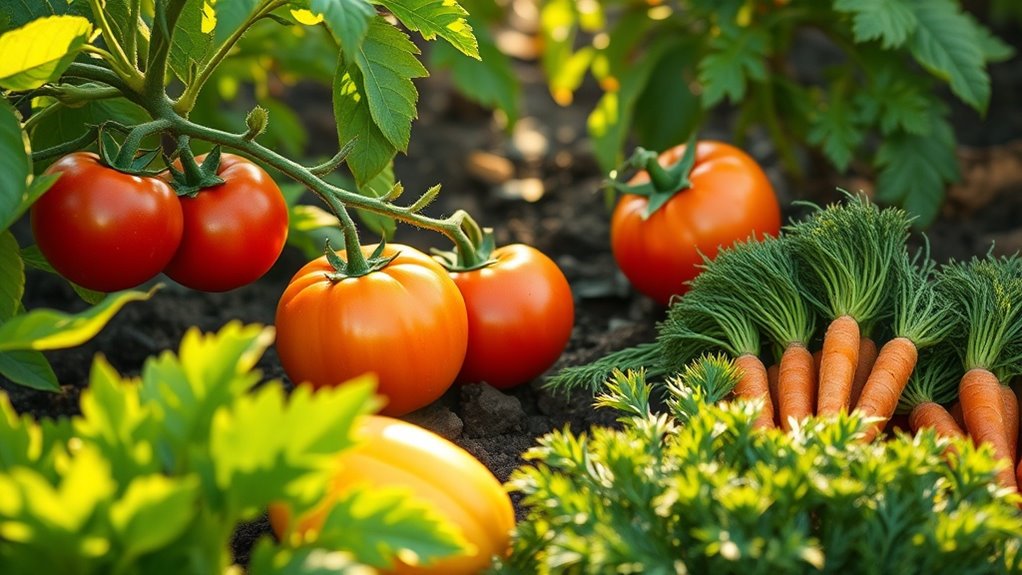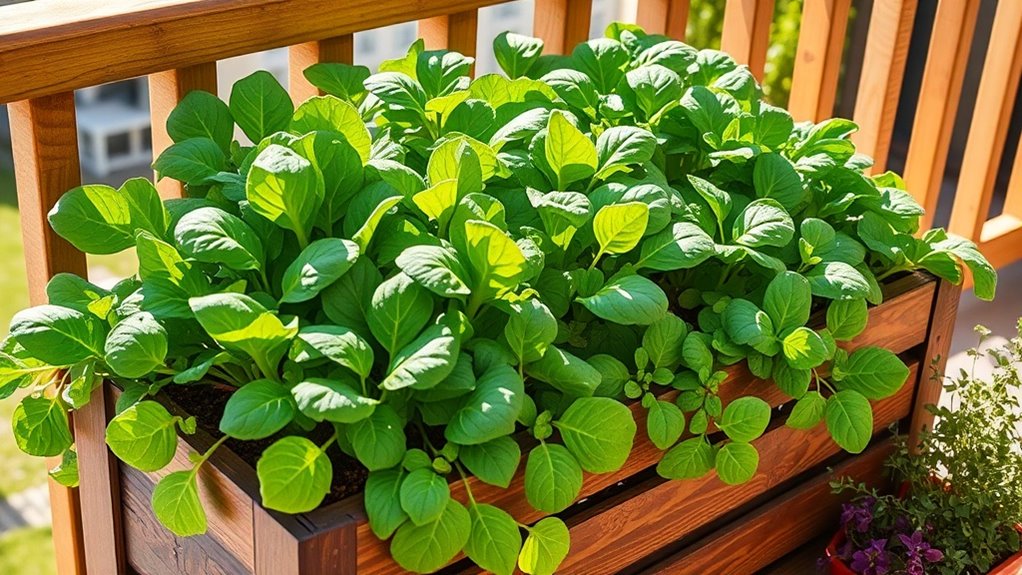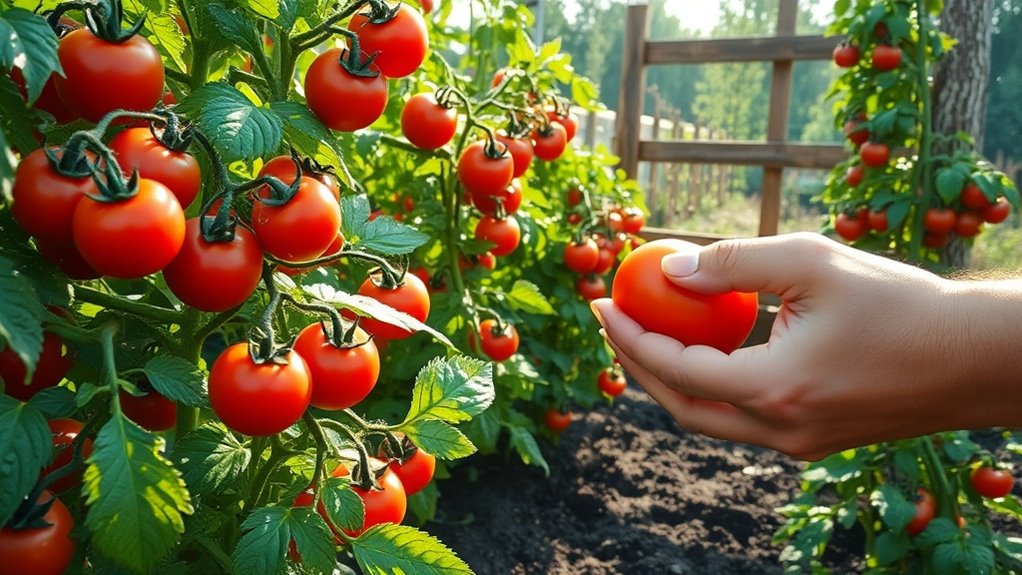How I Finally Got Tomatoes to Grow-It Was This Easy!
Growing tomatoes can often feel like an uphill battle, especially if past attempts left you frustrated. However, understanding the crucial elements—like selecting the right varieties and preparing your soil—can make a significant difference. By taking a methodical approach to planting and caring for your plants, you might just discover the secret to robust, fruitful tomatoes. So, what strategies did I employ to turn my garden around? Let’s break them down step by step.
Choosing the Right Tomato Varieties
Choosing the right tomato varieties can be the difference between a bountiful harvest and a disappointing one.
When growing tomatoes, consider factors like climate, disease resistance, and growth habit. Indeterminate varieties yield fruit continuously, while determinate types produce a single harvest.
Assess your culinary needs too—whether you prefer juicy slicers or sweet cherry tomatoes can influence your choice significantly. Additionally, incorporating companion planting strategies such as pairing tomatoes with basil can enhance growth and deter pests.
Preparing the Soil for Planting
Before planting your tomato seedlings, it’s crucial to prepare the soil to ensure optimal growth and yield. Start by testing the pH, aiming for a range of 6.0 to 6.8. Amend the soil with organic matter, like compost, to enhance drainage and nutrients. Loosen the soil to a depth of at least 12 inches, allowing roots to penetrate easily and access vital nutrients. Additionally, consider incorporating universal soil prep methods to improve soil structure and fertility, benefiting your plants’ overall health.
Optimal Planting Techniques
When planting your tomato seedlings, following proper techniques can significantly impact their growth and productivity. Focus on spacing, depth, and soil quality. Additionally, incorporating companion planting techniques can enhance growth and deter pests, leading to healthier plants.
| Technique | Description | Importance |
|---|---|---|
| Spacing | 18-24 inches apart | Enhances airflow |
| Planting Depth | Cover two-thirds of the stem | Encourages root development |
| Soil Quality | Use well-draining, nutrient-rich mix | Maximizes nutrient uptake |
Watering and Nutrient Needs
Watering and proper nutrition are crucial for ensuring healthy tomato plants. To achieve this, follow these guidelines:
-
Water deeply once a week, allowing soil to dry between sessions.
-
Use mulch to retain moisture and suppress weeds.
-
Apply balanced fertilizer every 4-6 weeks.
-
Test soil pH and maintain it between 6.0 and 6.8 for optimal nutrient uptake.
Additionally, it’s important to water during cooler times of the day to minimize evaporation and ensure your plants receive the hydration they need.
Pest Control and Disease Management
Healthy tomatoes not only depend on proper watering and nutrients but also require vigilant pest control and disease management.
Regularly inspect your plants for pests like aphids and caterpillars, and use organic solutions such as insecticidal soap. Additionally, practice crop rotation and maintain airflow to prevent diseases like blight. One effective method for natural pest control is using natural herbs that can deter common garden pests. Early detection and prompt action can ensure a thriving tomato garden free from damage.
Harvesting for Maximum Flavor
How do you know when tomatoes are at their peak flavor?
Look for these key indicators:
-
Color: Rich, uniform hue, often deep red.
-
Firmness: Gently squeeze; they should yield slightly.
-
Aroma: A sweet, earthy smell indicates ripeness.
-
Size: Mature varieties reach expected diameter.
Harvesting at this stage ensures maximum taste, enhancing your culinary creations significantly.
Enjoy the fruits of your labor!
